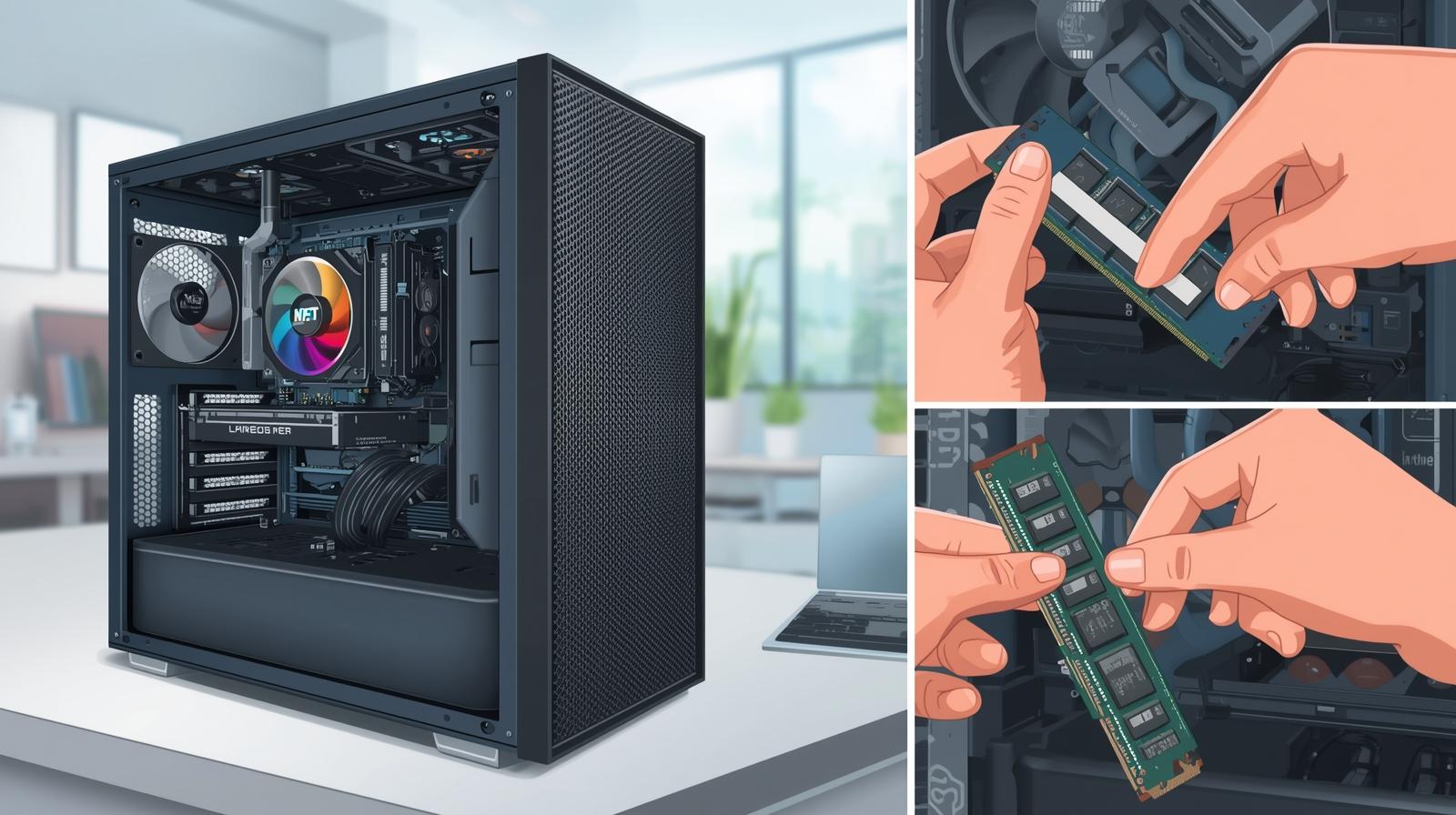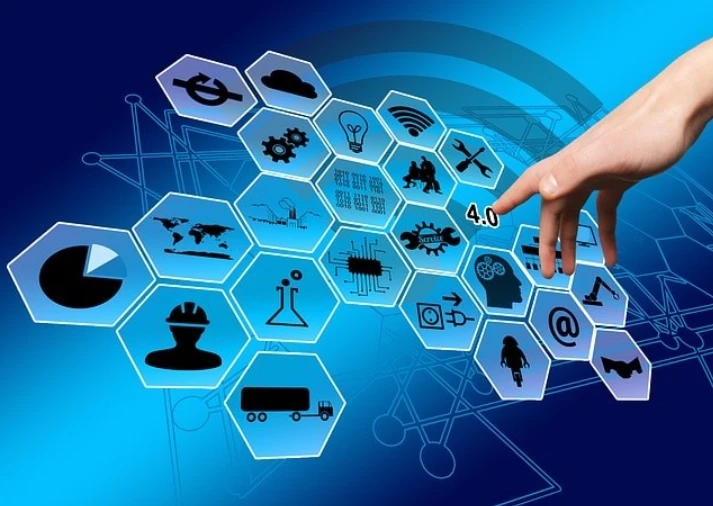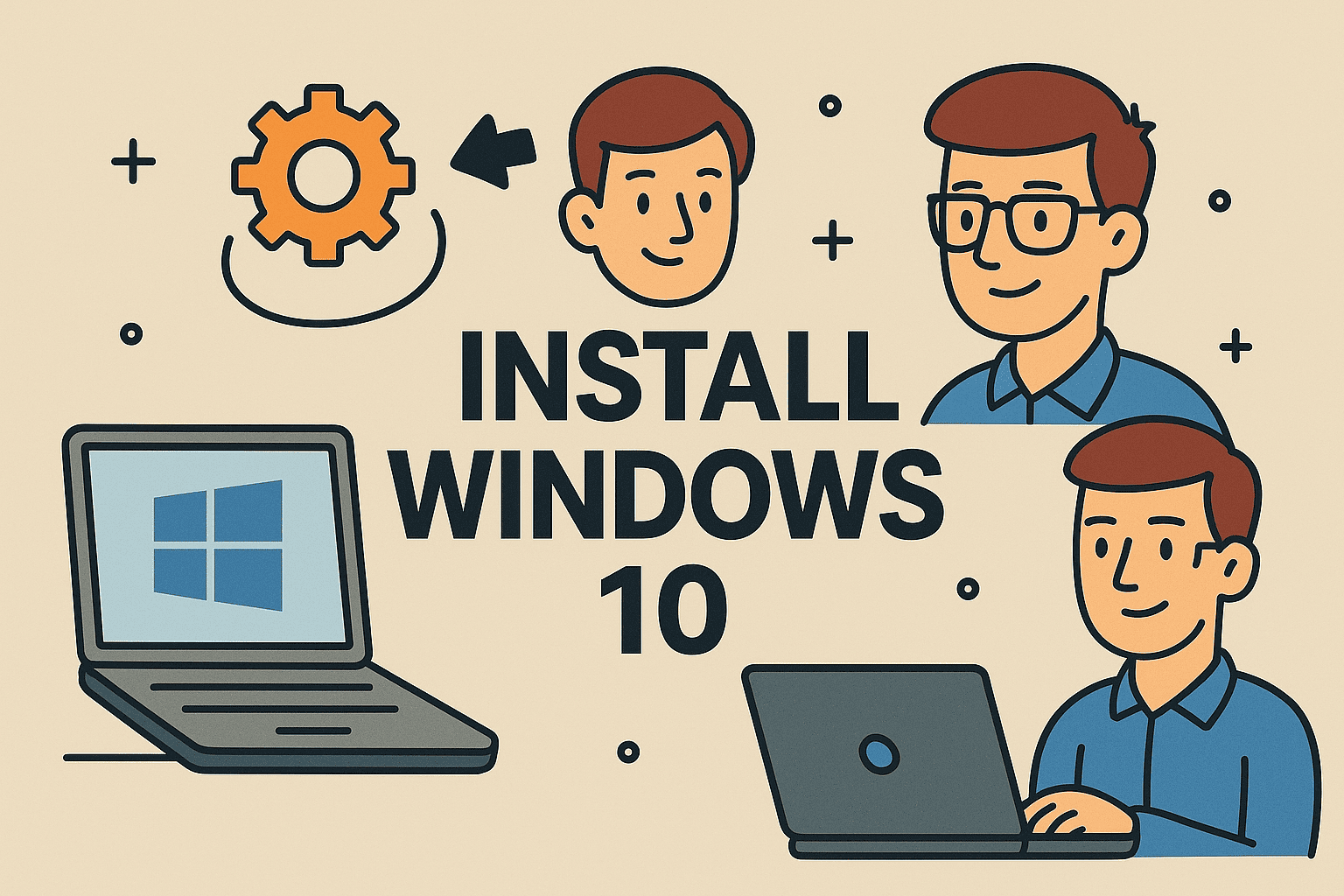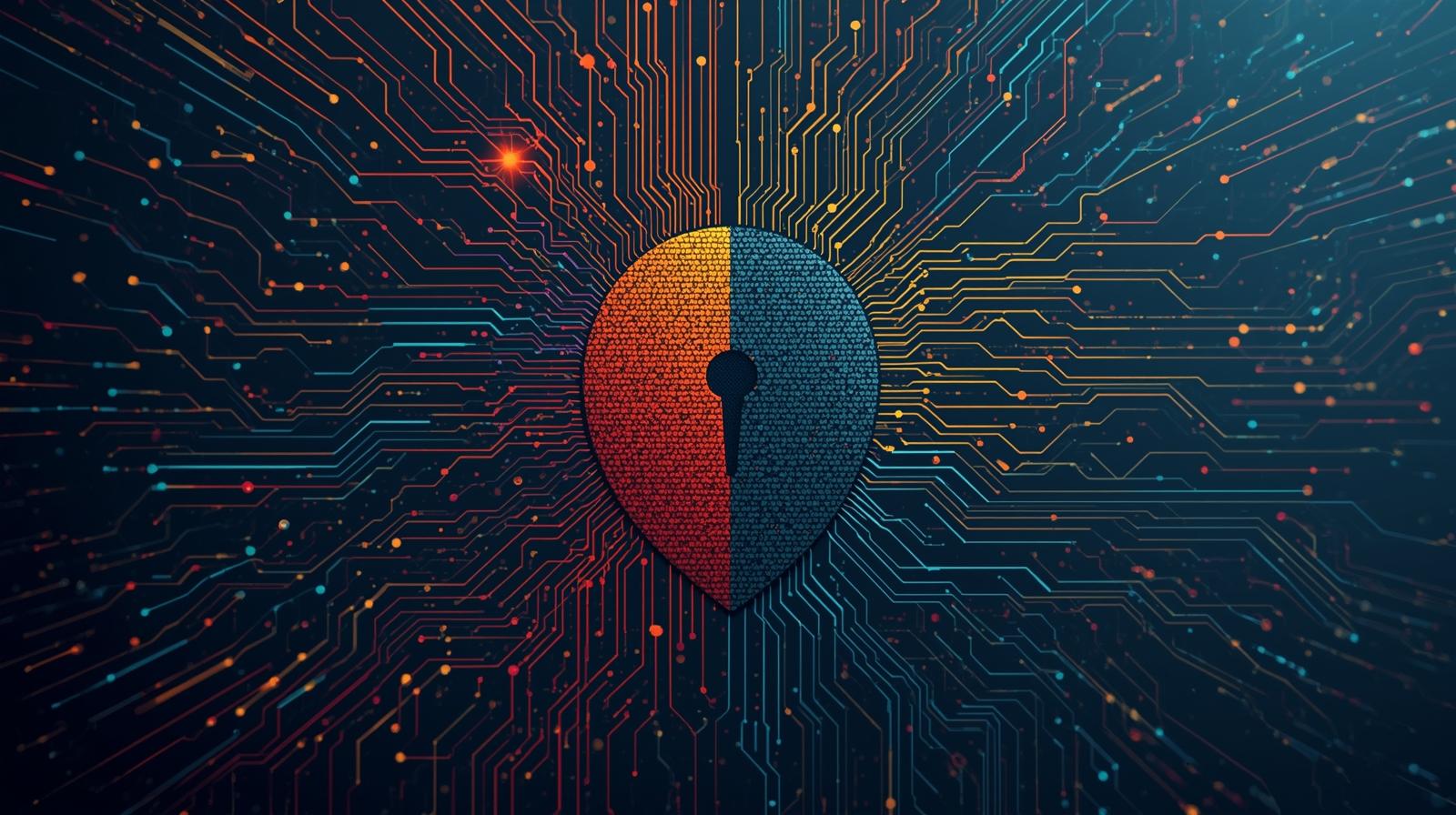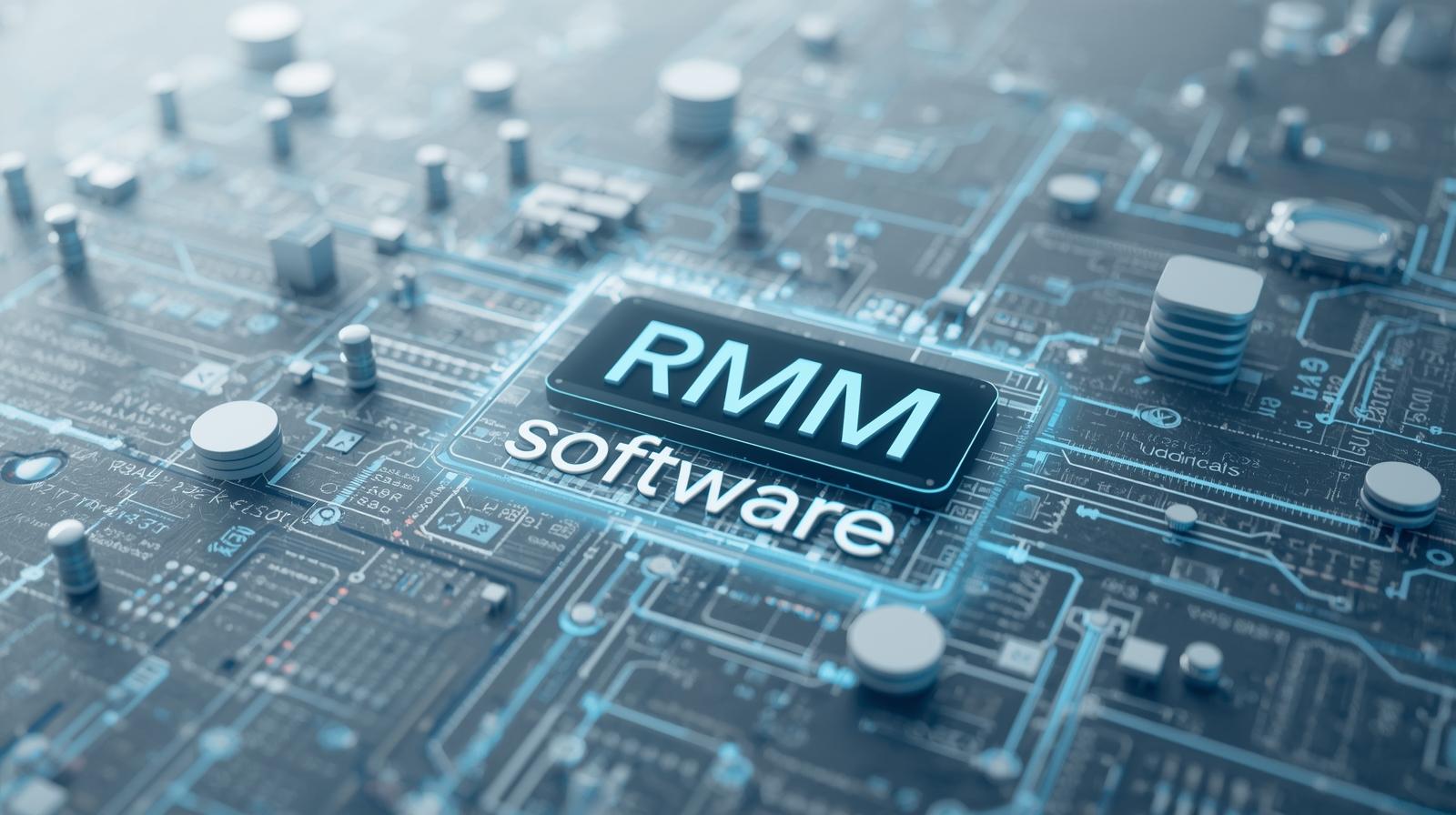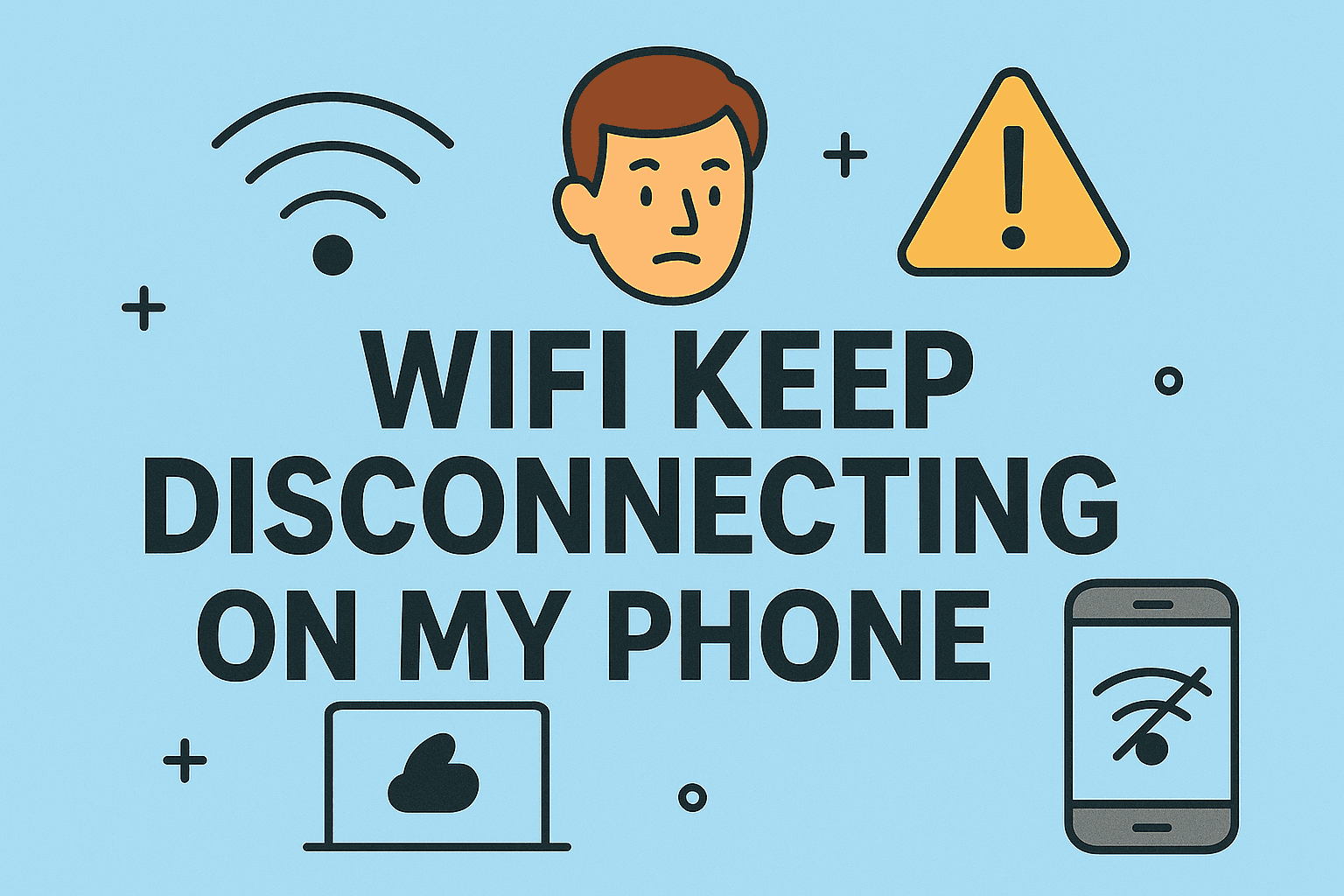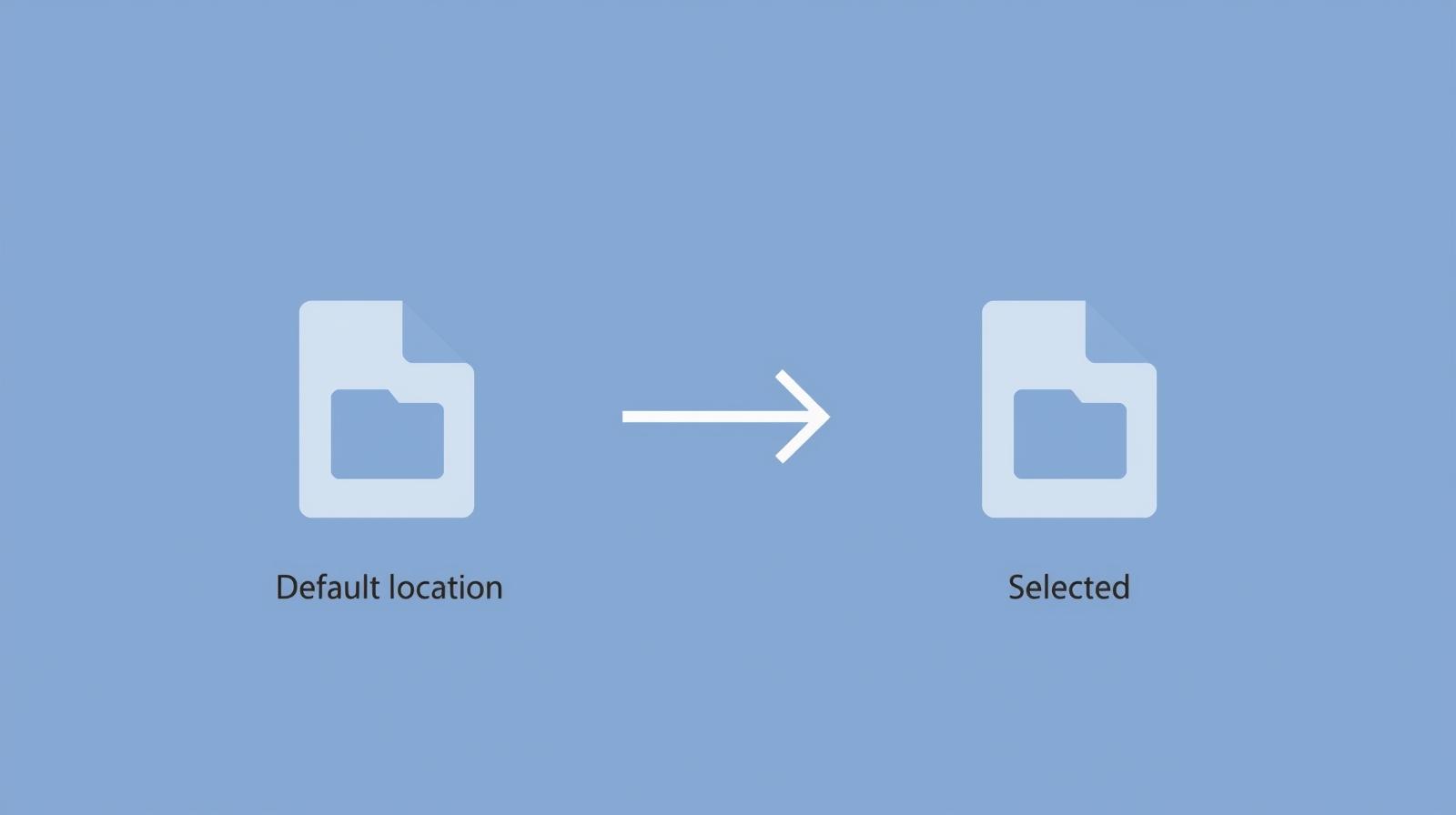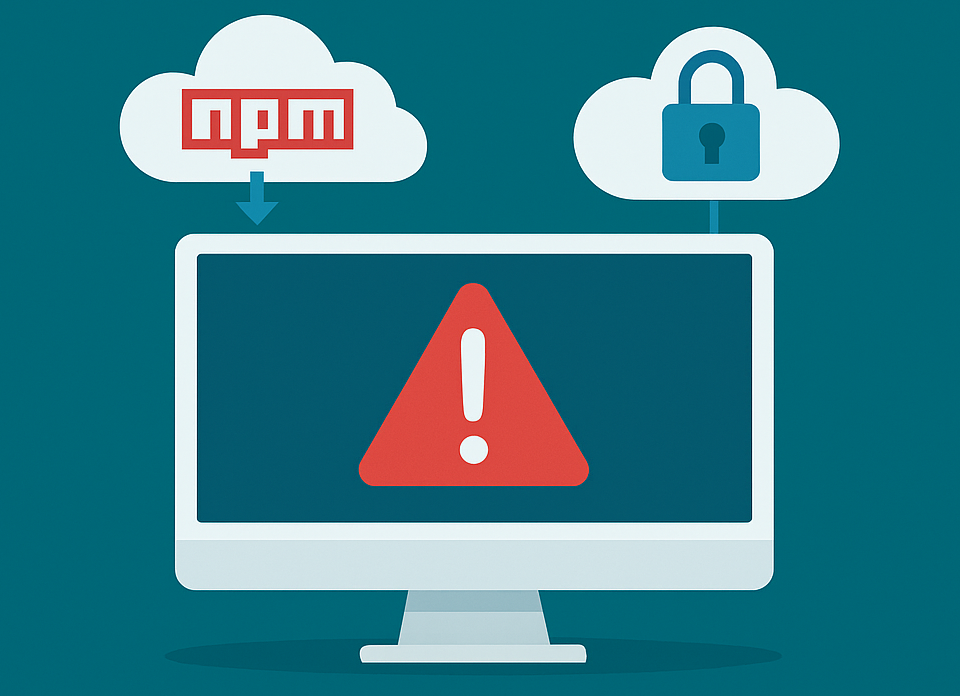Mastering Remote Desktop for Secure and Efficient Access
Updated on September 11, 2025, by ITarian
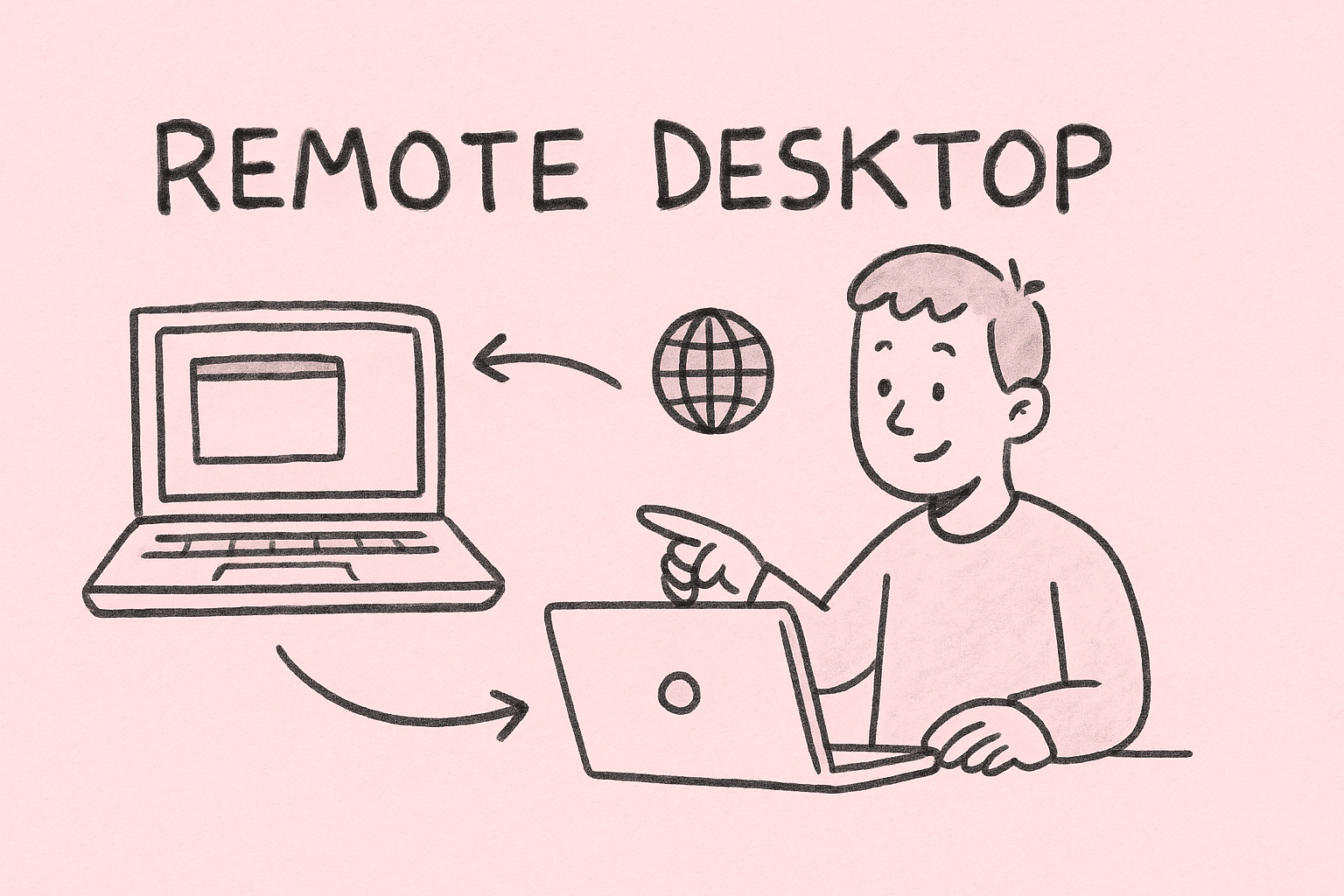
Have you ever needed to access your office computer from home or troubleshoot a client’s device without being physically present? That’s exactly what Remote Desktop makes possible. Knowing how to use remote desktop effectively can save time, improve productivity, and strengthen IT management.
For IT managers, cybersecurity experts, and enterprise leaders, Remote Desktop isn’t just a convenience—it’s a necessity. Whether you’re handling sensitive company data, supporting global teams, or running virtual operations, understanding the setup and security of Remote Desktop is essential.
What is Remote Desktop?
Remote Desktop is a Microsoft feature that allows you to connect to another computer over a network or the internet. Once connected, you can control the remote machine as though you were sitting right in front of it.
Key Benefits
- Accessibility: Work from anywhere without disruption.
- Security: Encrypted sessions keep data safe.
- IT Management: Streamlines system monitoring and troubleshooting.
- Cost Savings: Reduces the need for physical travel.
How to Use Remote Desktop on Windows
Step 1: Enable Remote Desktop
- Go to Settings → System → Remote Desktop.
- Toggle Enable Remote Desktop to On.
- Confirm changes and note the computer’s name for connection.
Step 2: Configure Firewall
Remote Desktop uses port 3389, so ensure your firewall allows inbound traffic on this port.
Step 3: Connect from Another Device
- Open the Remote Desktop Connection app (search mstsc in Start menu).
- Enter the name or IP address of the remote PC.
- Log in with the authorized username and password.
How to Use Remote Desktop on Mac
Mac users can also access Windows systems with the Microsoft Remote Desktop app:
- Download the app from the Mac App Store.
- Open and click Add PC.
- Enter the Windows PC’s name or IP.
- Save credentials and connect.
This is especially useful for IT teams managing mixed environments.
Using Remote Desktop on Mobile Devices
Remote Desktop is not limited to desktops—it also works on iOS and Android devices.
- Download Microsoft Remote Desktop from Google Play or Apple App Store.
- Add a PC with the correct credentials.
- Access the remote system securely from your phone or tablet.
Mobile access is a game-changer for IT managers who need quick fixes while on the move.
Best Practices for Secure Remote Desktop Usage
1. Use Strong Authentication
- Always enforce multi-factor authentication (MFA).
- Use complex, regularly updated passwords.
2. Limit Access
- Restrict Remote Desktop access to authorized users only.
- Use Network Level Authentication (NLA).
3. Encrypt Connections
Ensure that TLS encryption is enabled to protect data in transit.
4. Monitor Activity
Log all sessions for compliance and audit purposes.
5. VPN Integration
For sensitive environments, use Remote Desktop only over a VPN.
Troubleshooting Common Remote Desktop Issues
Can’t Connect to Remote PC
- Ensure the remote computer is turned on.
- Confirm firewall settings and network connectivity.
Slow or Laggy Performance
- Lower the resolution and disable unnecessary features like animations.
- Check network bandwidth.
Credentials Not Working
- Verify username format (DOMAIN\username).
- Reset passwords if expired.
Remote Desktop Alternatives
While Microsoft’s built-in Remote Desktop is popular, other secure alternatives exist:
- TeamViewer – Easy setup, great for IT support.
- AnyDesk – Lightweight, fast connections.
- Chrome Remote Desktop – Browser-based and simple.
These may be preferred when managing cross-platform environments or external clients.
Enterprise Use Cases
IT Support and Troubleshooting
Remote Desktop reduces downtime by enabling remote fixes.
Secure Remote Work
With hybrid workplaces, employees can log into office systems securely from home.
Cybersecurity Applications
Security teams can conduct remote audits and enforce compliance through controlled sessions.
FAQs
1. How do I use Remote Desktop over the internet?
Set up port forwarding on your router or use a VPN for secure remote connections.
2. Is Remote Desktop safe to use?
Yes, when combined with encryption, VPNs, and strong authentication measures.
3. Can I use Remote Desktop on Windows Home edition?
No, the host feature is only available on Windows Pro, Enterprise, or Server editions.
4. What is the difference between RDP and VPN?
- RDP gives remote access to a system’s desktop.
- VPN provides secure network access.
They can be used together for maximum security.
5. Can multiple users connect via Remote Desktop?
Windows Server editions allow multiple sessions, while standard Windows editions are limited.
Conclusion
Mastering how to use remote desktop equips IT managers, security professionals, and business leaders with a powerful tool for remote access and efficient operations. Whether you’re enabling a distributed workforce, strengthening cybersecurity, or streamlining IT support, Remote Desktop provides both convenience and control.
Take the Next Step Toward Secure IT Management
Enhance your IT efficiency, protect sensitive data, and support remote teams with confidence.
Sign up with Itarian and discover powerful tools to strengthen your IT operations.


